Have you ever wondered why some dogs seem to transform into perfect companions while others stubbornly ignore every command? It’s not magic—it’s often the sneaky mistakes we make during training. Training your dog should be a joyful journey, but sometimes, it feels like you’re stuck in a barking, tail-chasing loop. The truth is, even loving dog owners can accidentally sabotage their own progress. Let’s pull back the curtain on the 15 most common training mistakes—so you and your furry friend can finally get on the same page and enjoy every step together.
Inconsistent Commands
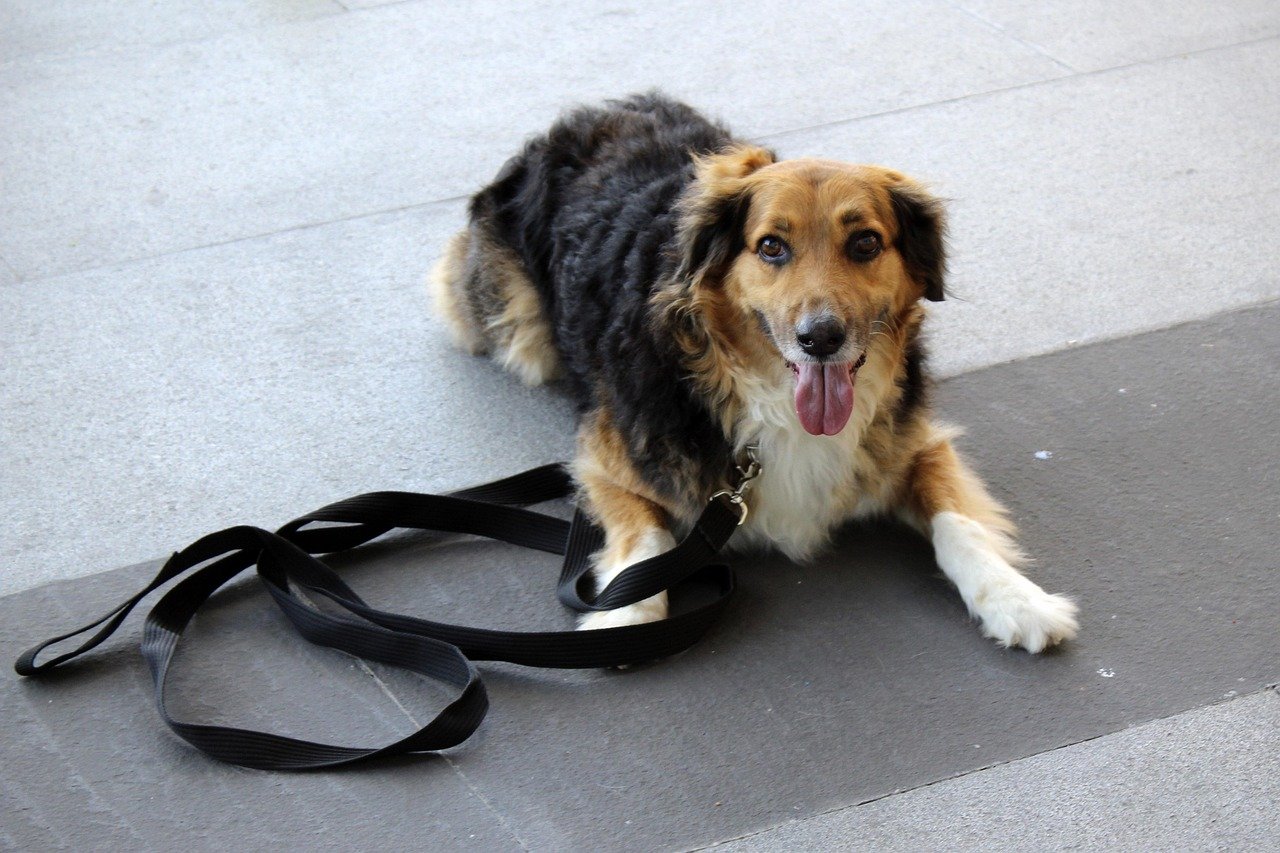
One of the biggest traps dog owners fall into is being inconsistent with their commands. One day you say “Down,” and the next it’s “Lay down.” Dogs get confused easily when words change. Imagine someone teaching you to drive and swapping the brake and gas pedals every lesson. You’d be lost, right? Consistency is key—pick one word for each command and stick with it every single time.
Switching up commands also leads to frustration, both for you and your dog. When your pup doesn’t respond, it’s not because they’re stubborn—it’s often because they’re genuinely unsure what you want. By always using the same cues, your dog can build confidence and trust in what you’re asking. Remember, dogs thrive on routine and clear direction.
Lack of Patience
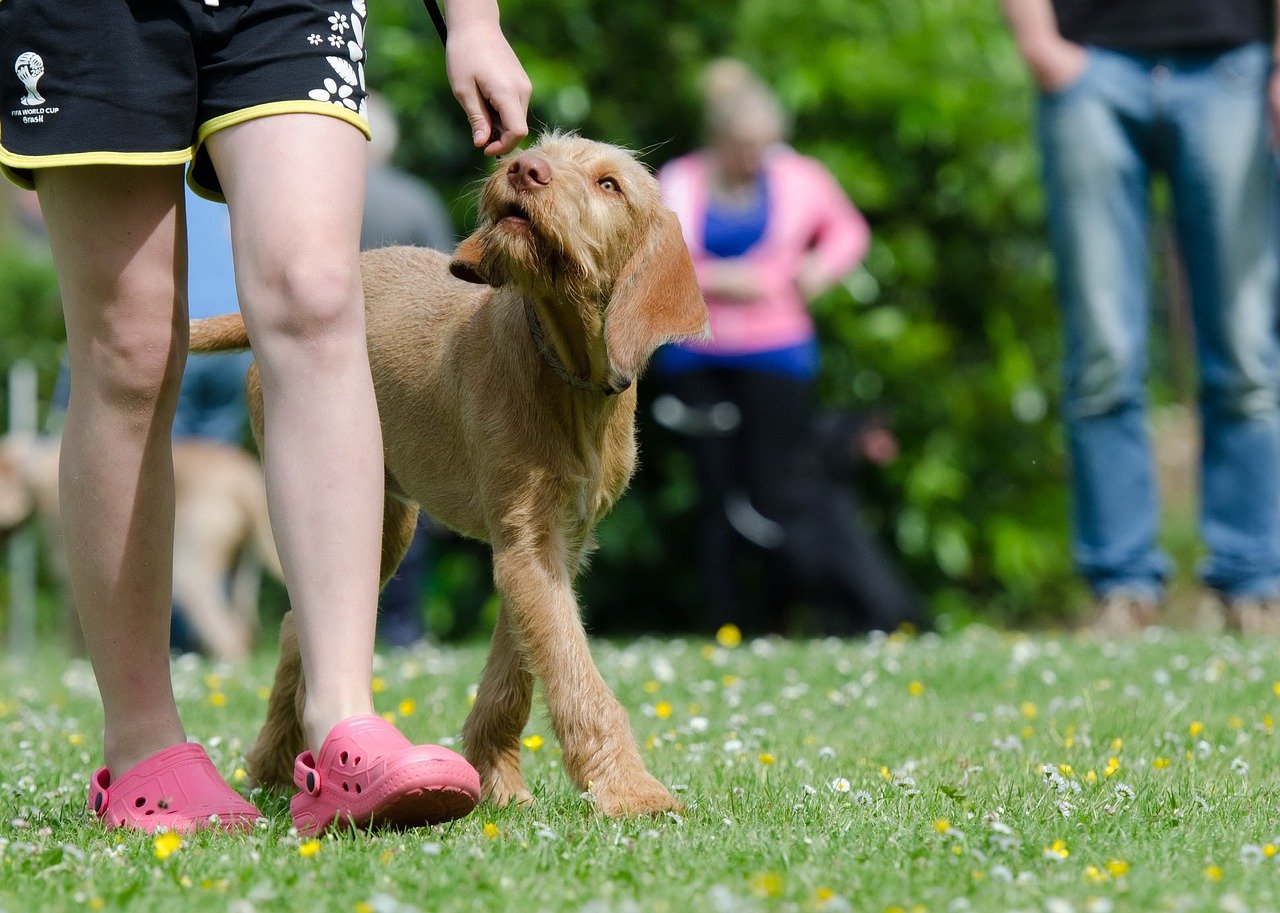
Patience is truly a virtue in dog training. Many owners expect their dogs to learn a new trick in a day, but most pups need time to understand what’s expected. Training takes repetition. If you get frustrated or give up too soon, your dog might sense your impatience and shut down. Imagine trying to learn a new language and your teacher keeps sighing and giving up. That wouldn’t motivate you, would it?
Being patient also means giving your dog time to process and respond. Dogs don’t always get it right immediately, and that’s normal. Celebrate small wins, even if it’s just your dog looking at you when you say their name. With patience, every little step adds up to big progress.
Skipping Socialization
Socialization is a crucial part of raising a well-behaved dog, but it’s often overlooked. Some owners keep their puppies isolated, believing it keeps them safe, but this can actually make training much harder down the road. Dogs who don’t meet new people, animals, or experience different environments can become fearful or reactive.
Bringing your dog into a variety of situations helps them learn to adapt and stay calm. Socialization doesn’t just mean meeting other dogs at the park—it’s about exposing your pup to new sounds, sights, and smells. The more positive experiences they have, the more confident and happy they’ll be, making training much smoother.
Training Too Long
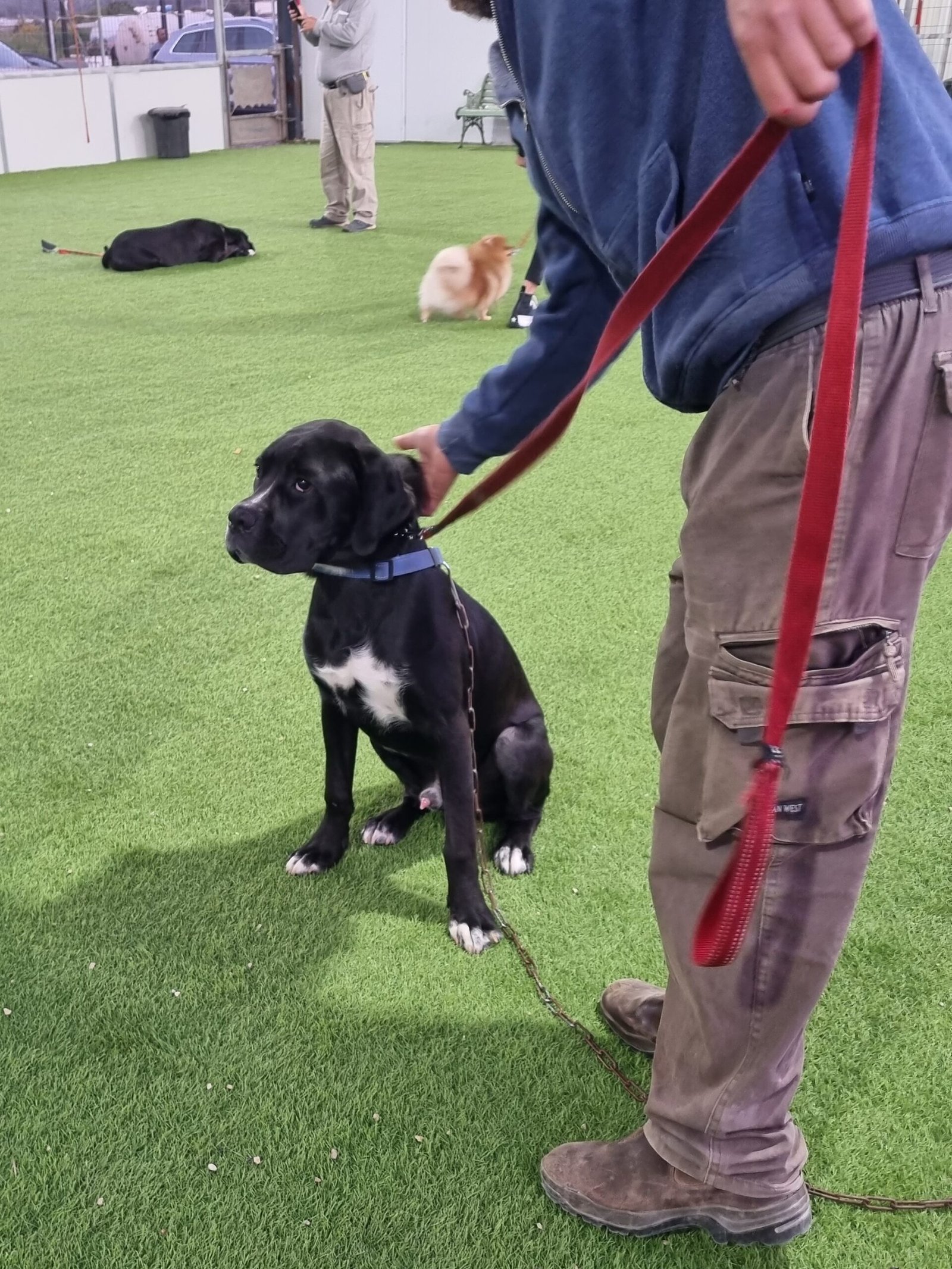
Overly long training sessions can backfire. Dogs, especially puppies, have short attention spans. If you push them too hard, they’ll lose interest, get distracted, or even start dreading training time. Think of it like cramming for a test—your brain checks out after a while, right? Dogs are the same.
It’s better to keep training sessions short and sweet—five to ten minutes is often plenty, especially at first. This keeps your dog engaged and excited for the next session. Frequent, fun training moments are far more effective than marathon lessons that leave everyone tired and frustrated.
Neglecting Positive Reinforcement
Many people focus on correcting mistakes rather than celebrating successes. But dogs learn faster when they’re rewarded for doing the right thing. Positive reinforcement—like treats, praise, or play—motivates your dog to repeat good behaviors. If you only point out what your dog does wrong, they may become anxious or confused.
Imagine if your boss only criticized you and never said “good job.” It wouldn’t feel great. In dog training, every little success should be met with encouragement. Use treats, a favorite toy, or a happy voice to let your dog know they nailed it. This builds a stronger bond and encourages your dog to keep trying.
Unrealistic Expectations
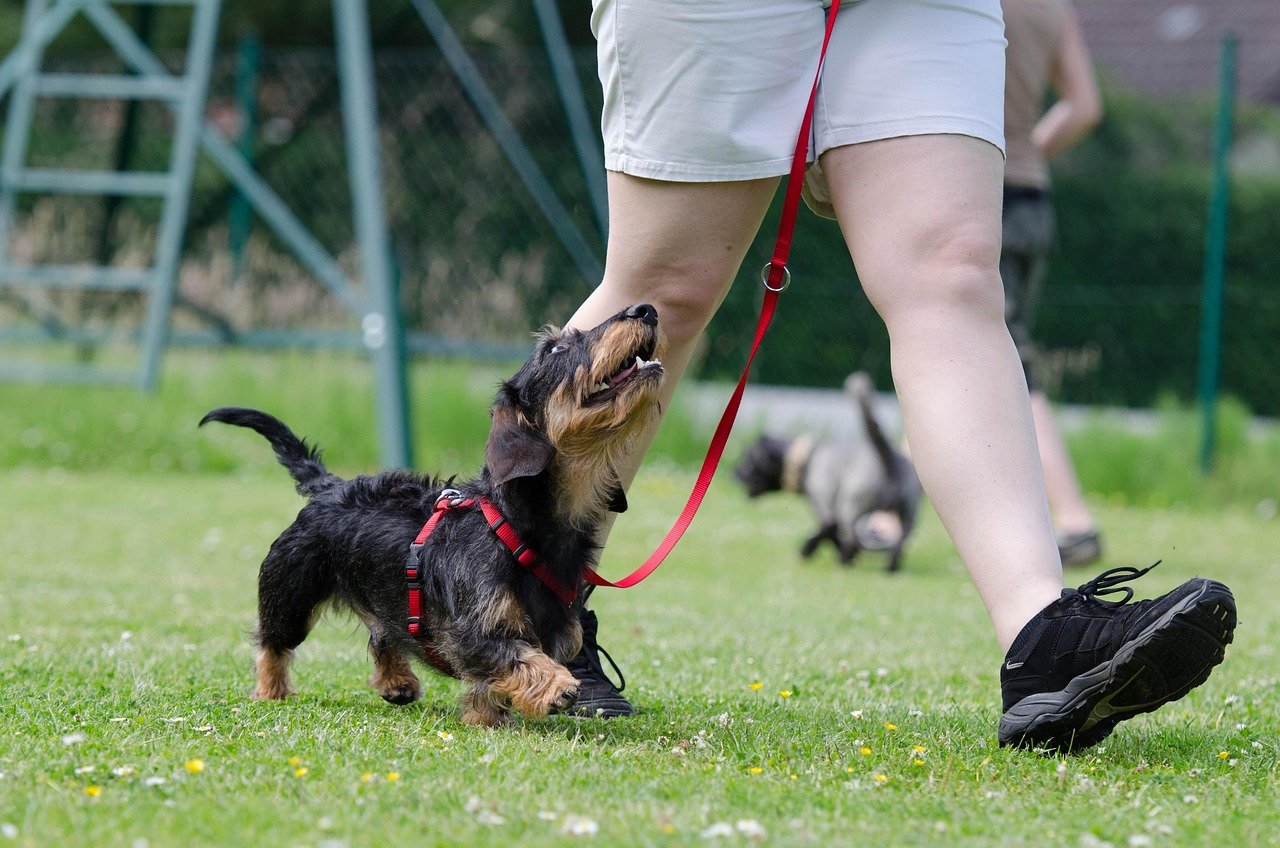
Sometimes, owners expect too much too soon from their dogs. Just because you saw a video of a dog doing backflips doesn’t mean your pup will master tricks overnight. Each dog learns at their own pace, and some commands take longer to stick. Setting the bar too high leads to disappointment and can make training feel like a chore.
Instead, focus on achievable goals. Celebrate progress, even if it’s slow. Remember, the journey matters more than the destination. Your dog isn’t a robot—they’re a living, feeling companion, and they need time to learn.
Training Only at Home
Dogs are great at learning in familiar surroundings, but sometimes they forget everything as soon as they leave the house. Training only at home means your dog might not generalize commands to other environments. It’s like studying for a test in your bedroom and then having to take the test in a busy cafeteria—you might freeze up!
To avoid this, practice commands in different places: the backyard, the park, or even on a walk. Gradually increasing distractions helps your dog learn to listen anywhere. This makes training more reliable and prepares your pup for real-world situations.
Ignoring Distractions
A common mistake is not teaching your dog to focus around distractions. Many owners train in a quiet room, but real life is full of squirrels, kids, and delivery trucks. If your dog only listens when it’s peaceful, you’ll be caught off guard when chaos strikes.
To build real-world skills, slowly introduce distractions during training. Start small—a squeaky toy nearby—then work up to busier environments. This helps your dog learn that listening to you is rewarding, no matter what’s happening around them.
Using Harsh Punishments
Harsh punishments like yelling, leash jerks, or worse can damage your relationship with your dog. These methods create fear instead of understanding. Dogs may learn to avoid you, or worse, they might lash out in fear. Positive relationships are built on trust, not intimidation.
Training should be about guidance, not punishment. If your dog makes a mistake, calmly redirect them to the right behavior and reward them when they get it. This teaches your dog what to do, not just what to avoid, making for a happier, more confident companion.
Inconsistent Rewards
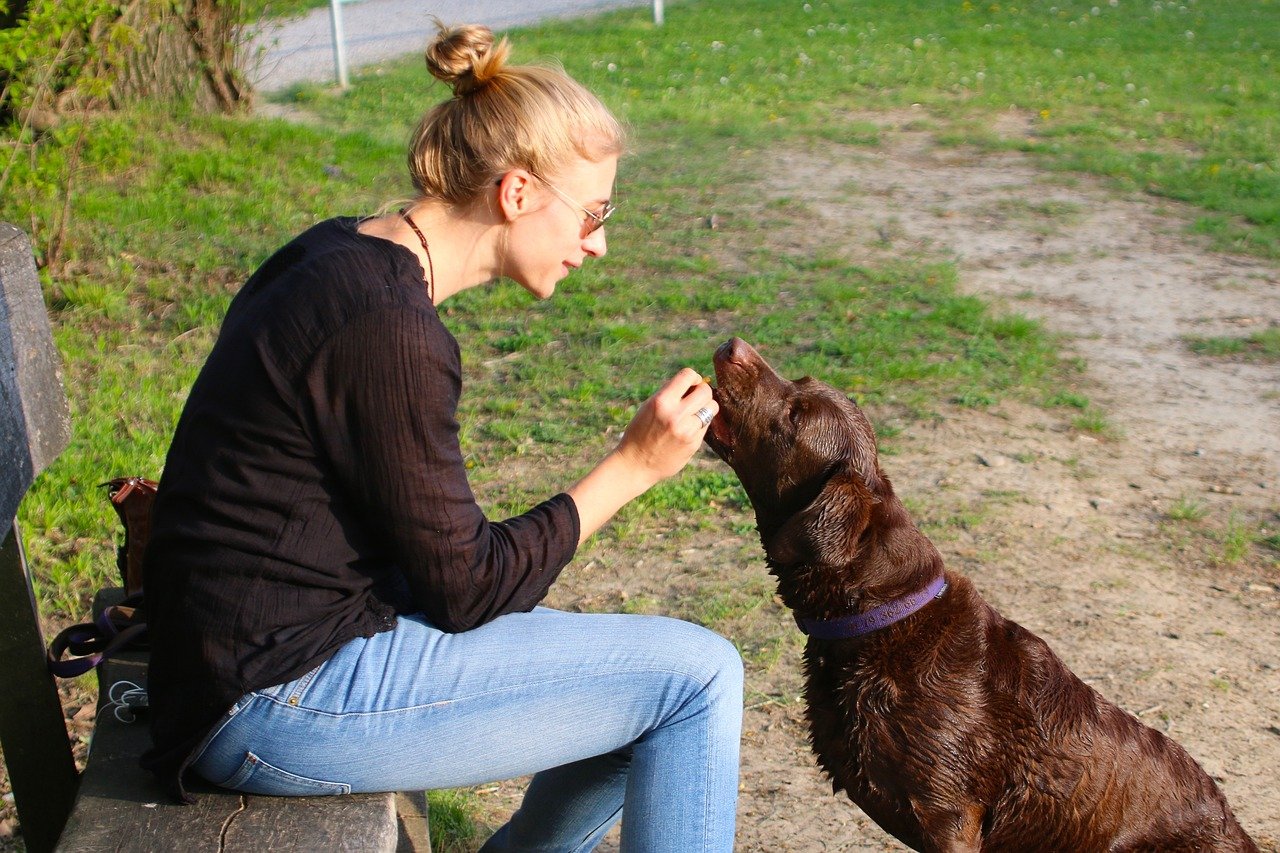
If you reward your dog sometimes and ignore them at other times, they get mixed signals. Imagine if your favorite coffee shop gave you a free coffee every third visit, but you never knew when. You’d be confused and maybe stop going altogether. Dogs thrive on predictability.
Be consistent with your rewards, especially in the beginning. Every correct response should earn a treat, praise, or play. As your dog improves, you can gradually reduce treats, but always keep the praise coming. This keeps your dog motivated and eager to learn.
Not Practicing Enough
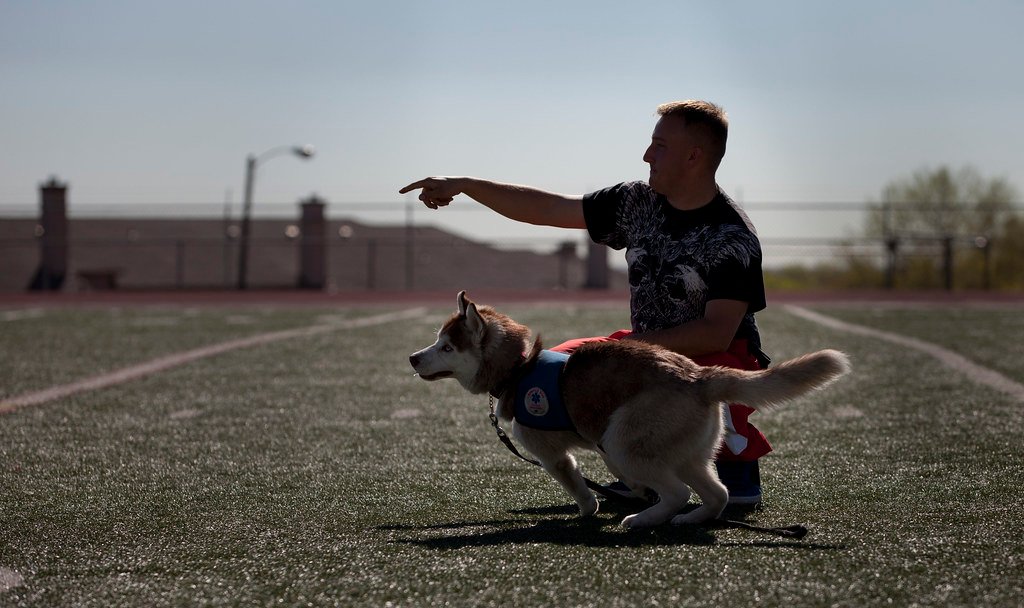
Training isn’t a one-and-done deal. Dogs need regular practice to keep their skills sharp. If you only train once a week—or worse, only when there’s a problem—your dog will likely forget what they’ve learned. Practice makes perfect, just like learning to play an instrument.
Make training part of your daily routine, even if it’s just for a few minutes. Use opportunities throughout the day—before meals, during walks, or when guests arrive. Consistent practice helps your dog remember their lessons and builds good habits for life.
Failing to Adjust Techniques
Every dog is unique, and what works for one pup might not work for another. Some dogs are food-motivated, while others prefer toys or praise. If you stick to one method that isn’t working, you’ll both end up frustrated. It’s like trying to teach every student the same way—some will thrive, others will struggle.
Be willing to adjust your approach. Observe what motivates your dog and tailor your training methods accordingly. Flexibility shows your dog that learning can be fun, and it helps you become a better, more understanding trainer.
Training When You’re Angry or Distracted
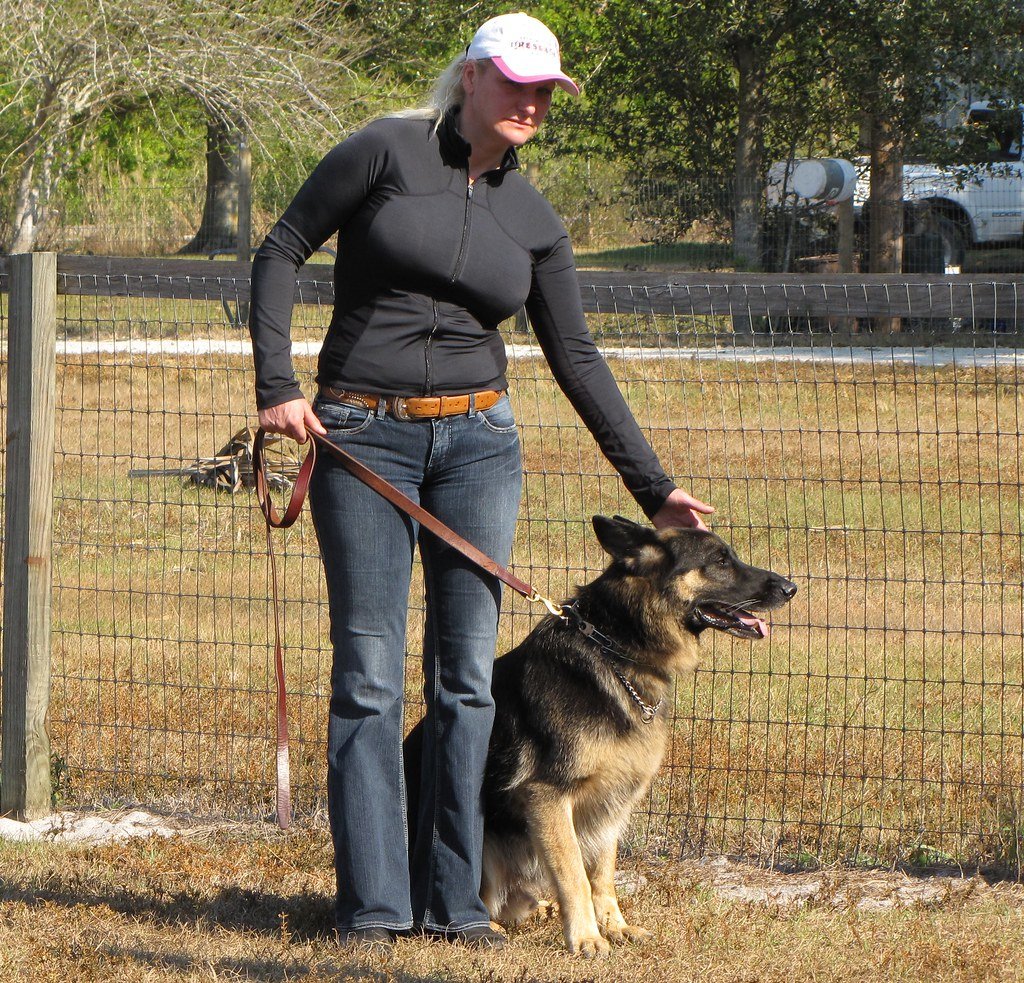
Dogs are incredibly perceptive—they know when you’re upset or not fully present. If you try to train when you’re angry, tired, or distracted, your dog will pick up on your mood and may become anxious or uncooperative. Training should be a positive, focused experience for both of you.
If you’re having a rough day, it’s okay to skip training. Wait until you’re calm and ready to engage. Your dog will benefit from your positive energy, and you’ll both enjoy the process much more.
Not Teaching Impulse Control
Impulse control is a vital skill that’s often overlooked. Dogs need to learn to wait patiently for food, toys, or attention. If you let your dog grab things whenever they want, they may develop bad habits like jumping, barking, or snatching food.
Teaching impulse control can be as simple as asking your dog to sit and wait before meals or doors open. These small moments add up, helping your dog become calm and polite in any situation. It’s a game-changer for overall behavior and makes life with your dog much easier.
Stopping Training Too Soon
Many owners stop training once their dog seems to “get it,” but skills can fade over time without reinforcement. Just because your dog mastered “Sit” last month doesn’t mean they’ll remember forever. Training should be ongoing, not a one-time event.
Keep practicing and reinforcing commands regularly, even after your dog seems to know them. Refresh old tricks, introduce new ones, and make training part of your everyday life. This keeps your dog’s mind active and your bond strong.
Dog training isn’t about perfection—it’s about progress, patience, and partnership. Avoiding these fifteen mistakes will help you and your best friend build a stronger, happier relationship. What would you change about your own training routine?

Andrew Alpin from India is the Brand Manager of Doggo digest. Andrew is an experienced content specialist and social media manager with a passion for writing. His forte includes health and wellness, Travel, Animals, and Nature. A nature nomad, Andrew is obsessed with mountains and loves high-altitude trekking. He has been on several Himalayan treks in India including the Everest Base Camp in Nepal.





